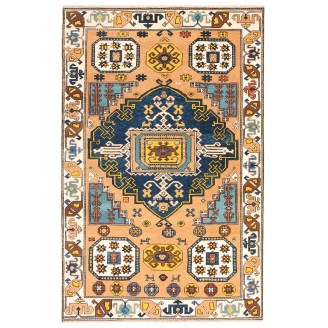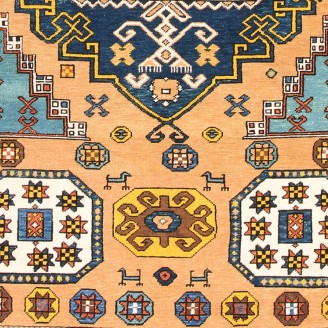Star and Octagon Medallion Carpet
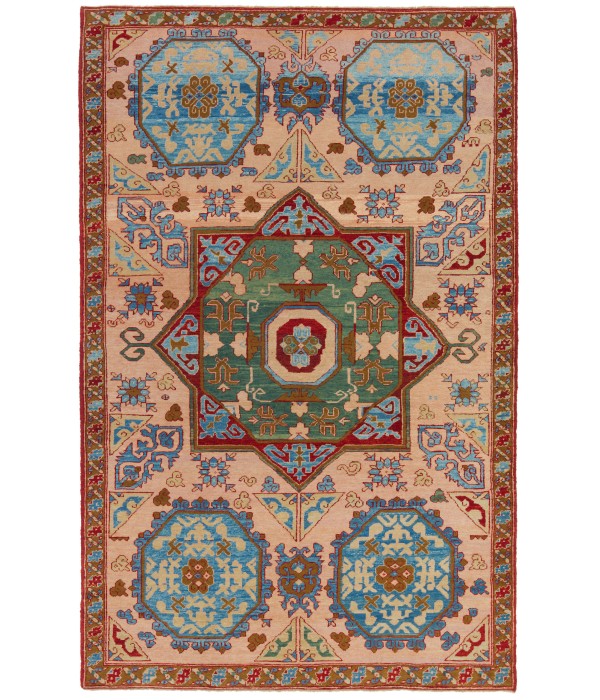
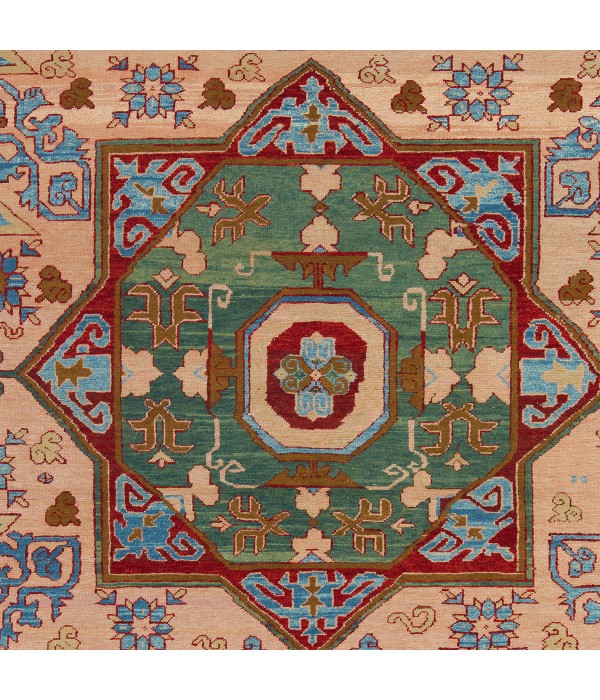

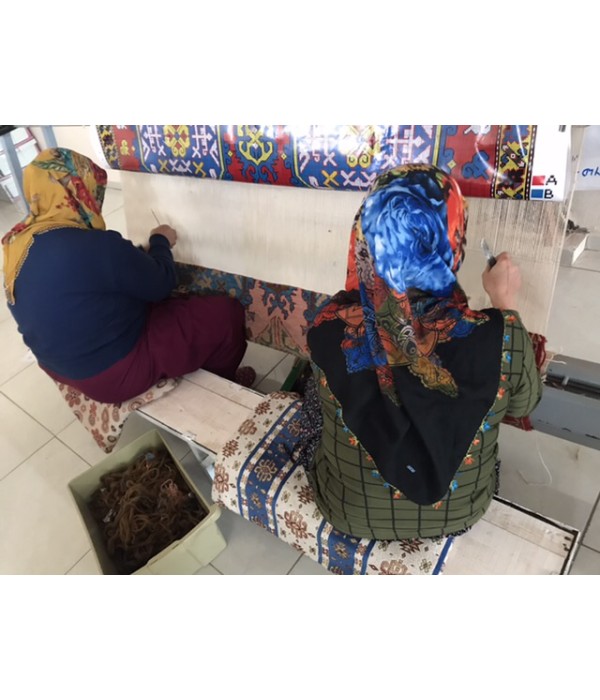
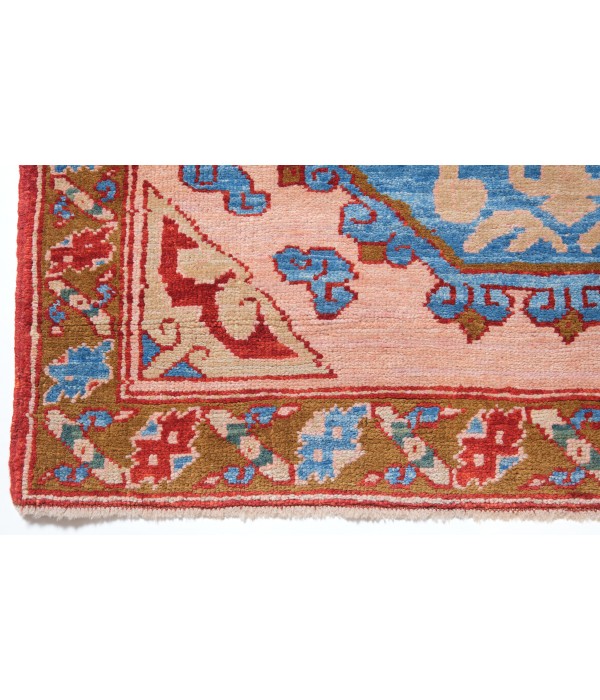
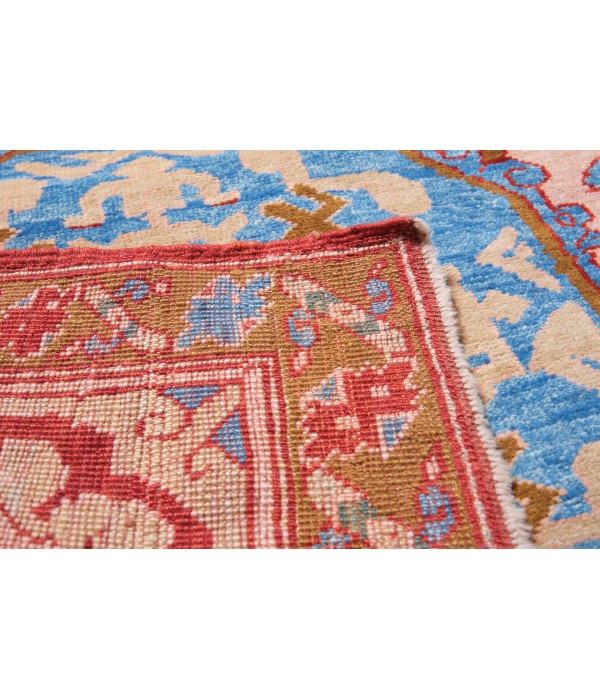
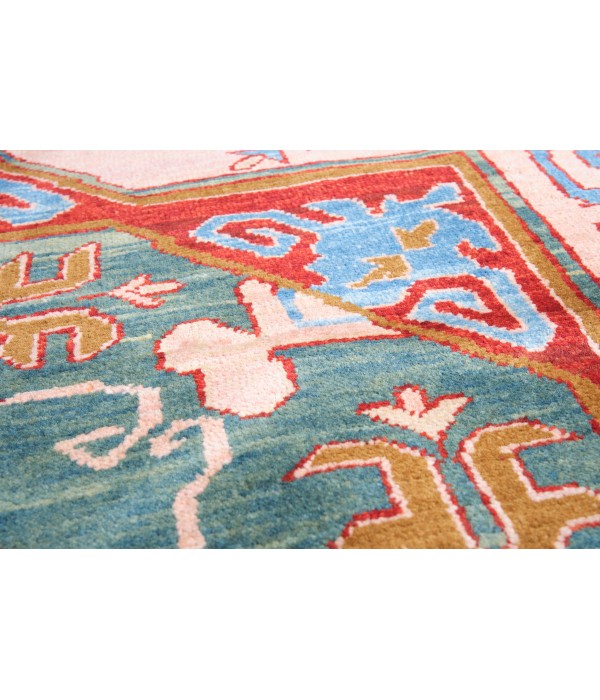
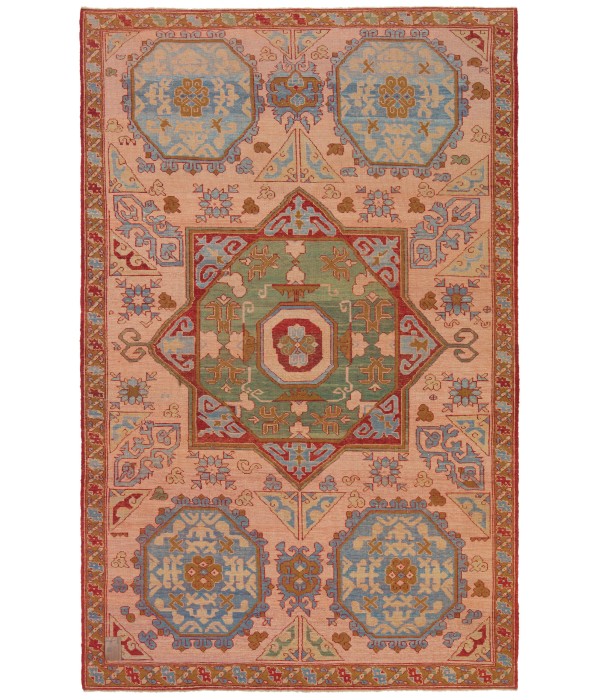
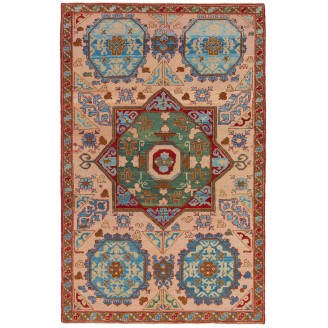
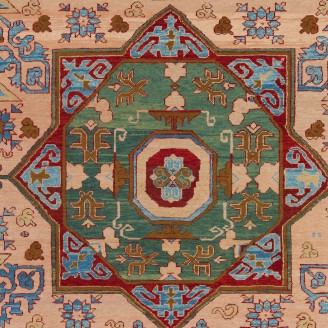
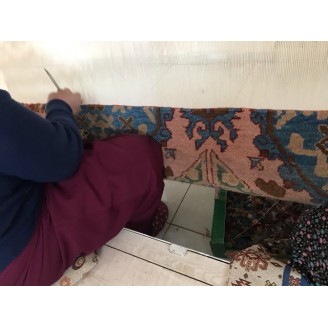
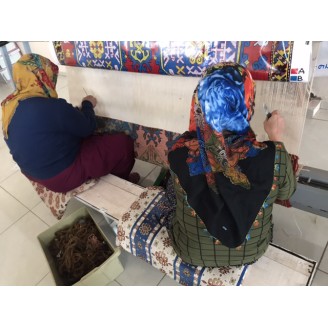
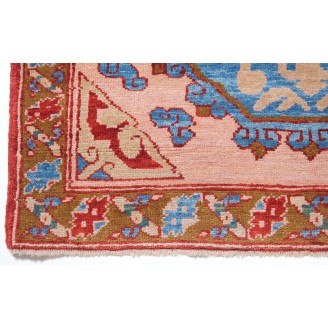
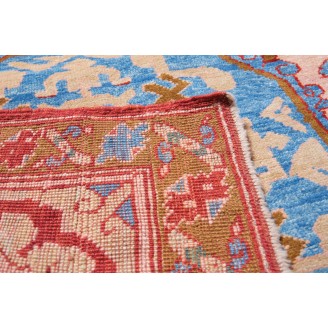
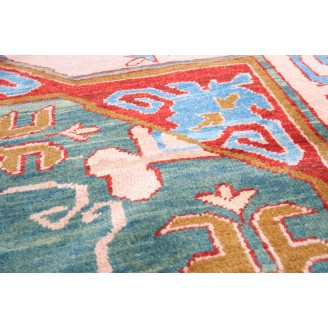
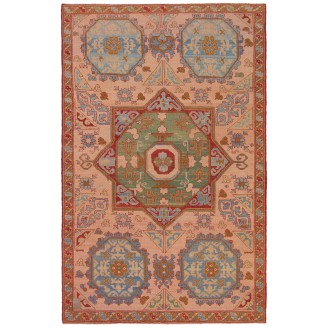
Model: ART00416Star and Octagon Medallion Carpet
Group: Anatolian Rugs Family
Area: West Turkey
Material of Pile: Natural Dyed Hand-spun Wool
Material Warp / Weft: Wool on Wool
Structure: Symmetrical knot on depressed warp inclining to the right
Knots Density: 36x29
Pile (mm): 3
Production Place: Southeastern Anatolia – Adiyaman Province
Weight: 12.70kg
Location: Tokyo
Stock: In Stock
Dimensions:
The source of carpet comes from the book Orient Star - A Carpet Collection, E. Heinrich Kirchheim, Hali Publications Ltd, 1993 nr.161. This exceptionally elegant and unusual central octagon figure is enclosed by an eight-pointed star-design 16th-century carpet from the West Turkey area. This carpet is unusual because, the first impression is that a 2-1-2 composition, as is often found in court and workshop carpets of the 16th and 17th centuries. A significant difference; In 2-1-2 compositions the central figure is always an octagon, however, this carpet's octagon, in addition, is enclosed by an eight-pointed star design. Among specialists, Anatolian carpets kilims are believed to record symbols of ancient values and ideas, a tradition that dates back several millennia and was only displaced during the industrial age. The Anatolian kilim design tradition probably owes its lucky survival to the fact that pile-woven carpets look more precious and would already have had a higher prestige value several millennia ago. Kilim weaving was, therefore, able to survive undisturbed within an intact cultural context for a long period of time. The design of this rug is interpreted and our designers choose soft colors for this rug.
Color summary: 6 colors in total, most used 4 colors are
Color summary: 6 colors in total, most used 4 colors are
- Mandys Pink 522 (Madder Root)
- Dark Sky Blue 23 (Indigo)
- Imperial Red 415 (Madder Root)
- Russet 519 (Pomegranate - Turkish Henna)
Dimensions:
5 ft 6 in x 8 ft 5 in ( 168cm x 258cm )
Price:
$4,200
Ex Tax: $4,200

